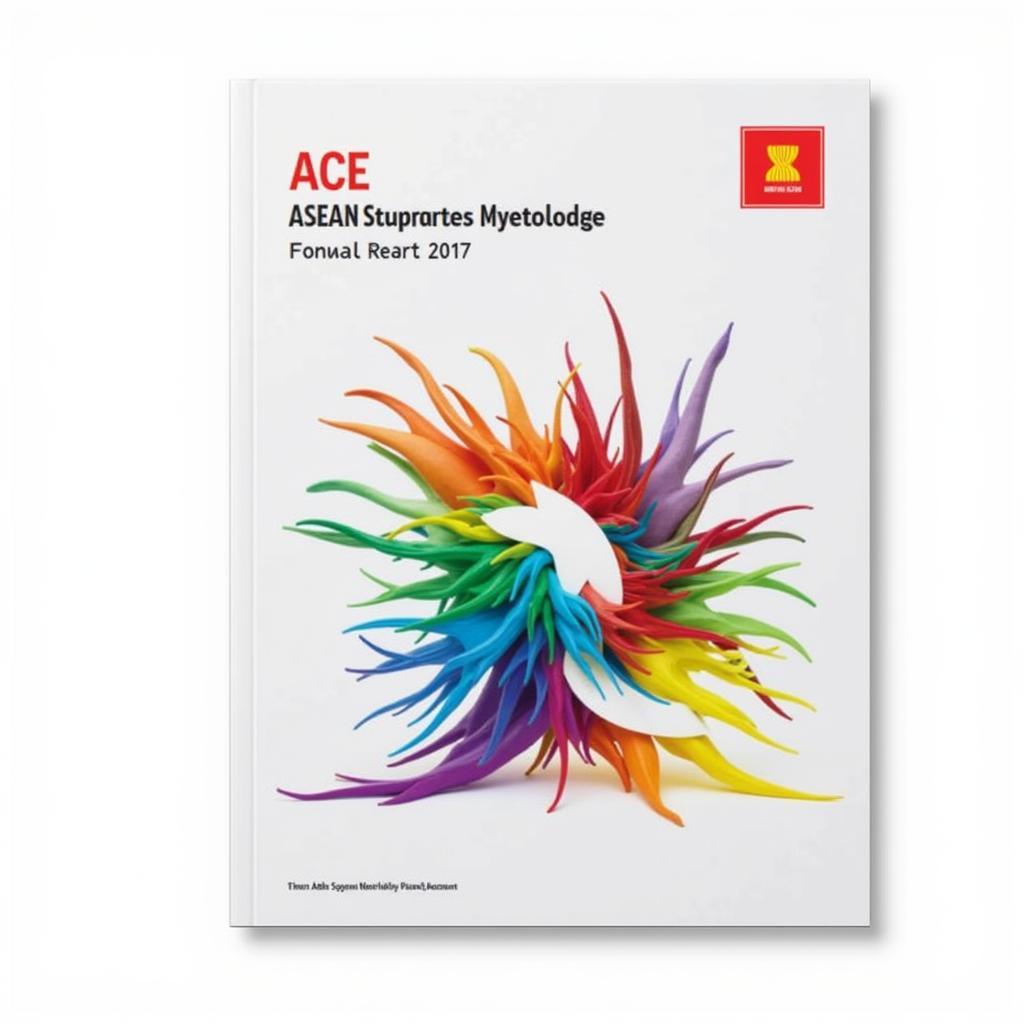Becoming an ASE accredited training provider is a significant step towards elevating the quality of automotive education and training. It demonstrates a commitment to industry standards and provides valuable opportunities for aspiring technicians. This article will guide you through the process of becoming an ASE accredited training provider, outlining the requirements, benefits, and steps involved.
Choosing the right training provider can significantly impact a technician’s career trajectory. ASE accreditation signifies a commitment to excellence and ensures students receive training aligned with industry best practices. So, how do you become an ASE accredited training provider? Let’s delve into the details.
Understanding ASE Accreditation
ASE, the National Institute for Automotive Service Excellence, is a non-profit organization dedicated to improving the quality of automotive service and repair through voluntary testing and certification of automotive professionals. ASE accreditation extends to training providers, ensuring their programs meet rigorous standards and effectively prepare students for ASE certification tests.
Benefits of Becoming an ASE Accredited Training Provider
The benefits of becoming an ASE accredited training provider are numerous, including enhanced reputation, increased student enrollment, and access to valuable resources. Accreditation provides a competitive edge, attracting students seeking high-quality training programs. It also fosters stronger relationships with industry employers who recognize the value of ASE-trained technicians.
Becoming an ASE accredited training provider also demonstrates a commitment to continuous improvement and strengthens your institution’s standing within the automotive community. It assures students that the program meets national standards, increasing their chances of success in the ASE certification tests.
Requirements for ASE Accreditation
ASE accreditation requires adherence to specific standards related to curriculum, instructor qualifications, and facilities. The curriculum must align with ASE certification test areas and cover the necessary knowledge and skills. Instructors must hold ASE certifications in the areas they teach, demonstrating their expertise and practical experience. Facilities must be equipped with appropriate tools, equipment, and resources to support effective hands-on training.
The Application Process
The application process involves submitting a detailed application outlining your program’s curriculum, instructor qualifications, and facilities. ASE reviews the application and conducts a site visit to verify the information provided. Maintaining accreditation requires ongoing compliance with ASE standards and periodic reviews.
Maintaining ASE Accreditation
Once accredited, maintaining the status requires continuous improvement and adherence to ASE standards. This involves staying updated with industry changes, updating curriculum, and ensuring instructors maintain their certifications. Regular self-assessments and participation in professional development activities are essential to maintain the quality of the training program.
ASE Recognized Auto Tech Courses: A Valuable Resource
For institutions seeking ASE accreditation, exploring ASE recognized auto tech courses can provide valuable insights into curriculum development and best practices. These courses align with ASE standards and offer a benchmark for developing high-quality training programs. Check our page on ase recognized auto tech courses for more information. You can also find resources for ase havc online courses on our website.
Tips for Success
- Curriculum Development: Ensure your curriculum aligns with ASE test specifications and incorporates hands-on training.
- Instructor Qualification: Employ ASE certified instructors who possess both theoretical knowledge and practical experience.
- Facility Standards: Provide well-equipped facilities that meet industry standards and support effective learning.
- Continuous Improvement: Embrace a culture of continuous improvement, staying updated with industry trends and incorporating feedback.
For more guidance on ASE courses and certification programs, visit our pages on ase certification courses near me and ase certification programs online. We also have a comprehensive ase course guide that can help you understand the different certifications available.
Conclusion
Becoming an ASE accredited training provider is a worthwhile investment for any institution committed to delivering high-quality automotive training. It enhances reputation, attracts students, and strengthens ties with the industry. By adhering to ASE standards and embracing continuous improvement, training providers can ensure they effectively prepare students for successful careers in the automotive field. So, take the first step towards becoming an ASE accredited training provider and contribute to the future of automotive excellence.
FAQ
- What is ASE accreditation?
- How do I become an ASE accredited training provider?
- What are the benefits of ASE accreditation?
- What are the requirements for ASE accreditation?
- How do I maintain ASE accreditation?
- Where can I find more information about ASE recognized auto tech courses?
- What resources are available for developing an ASE accredited training program?
Are you ready to enhance your automotive training program and become an ASE accredited training provider? Contact us for assistance.
Need more support? Have additional questions? Contact us.
Phone: 0369020373
Email: [email protected]
Address: Thon Ngoc Lien, Hiep Hoa, Bac Giang, Vietnam.
We have a 24/7 customer support team.

